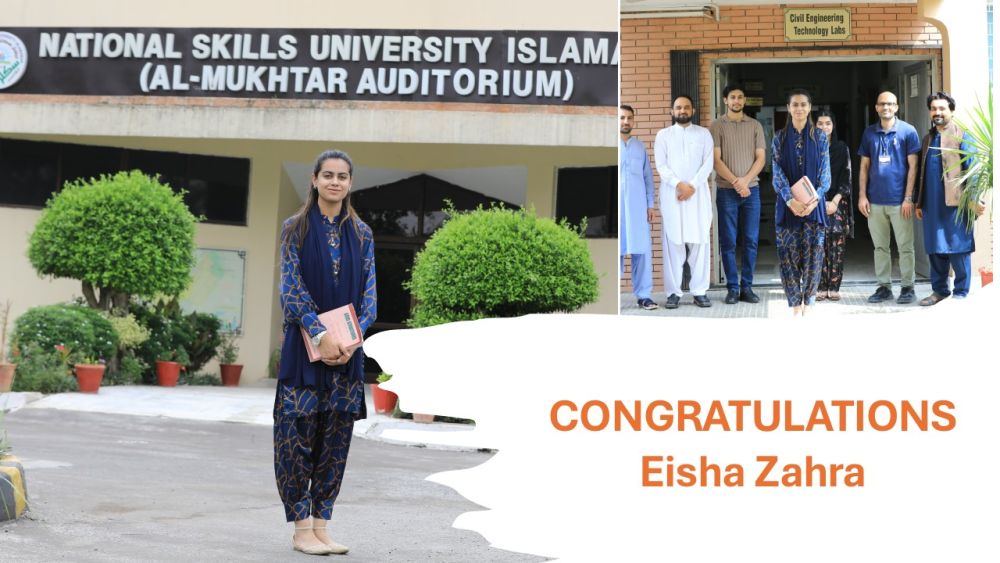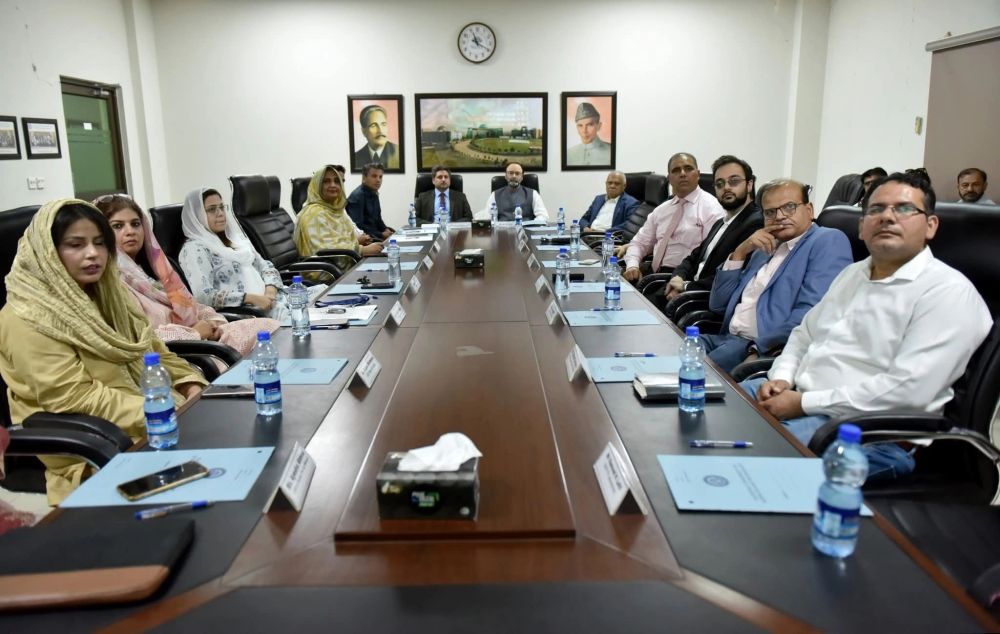When the Classrooms Close, Which University Runs Smoothly?
Posted 7 months ago
Education in Emergencies: Lessons from University of Southern Punjab’s Digital Transformation
Pakistan and the rest of the world have been tested by crises like COVID-19, environmental challenges, smog, and flooding due to torrential, unexpected rains. To cope with these challenges, a quiet but powerful story of resilience is emerging from the University of Southern Punjab (USP). In recent times, when the Government of the Punjab notified the closure of educational institutions across the province due to Indian aggression, the University of Southern Punjab (USP) acted not with hesitation but with resolve, moving its entire academic operation online within hours. The USP demonstrated what is possible when foresight meets flexibility. It wasn't just an emergency response but a blueprint for how education in Pakistan can adapt, evolve, and endure even during rainy days.
The Pakistani nation, comprising nearly 240 million people with a median age of 22, cannot afford an educational system that stumbles with every crisis or is even closed for one day. And yet, that is the reality. Smog silences schools in Lahore. Border conflicts disrupt learning in Kashmir. Floods wash away months of curriculum in Sindh. The COVID-19 pandemic, which affected education globally, also highlighted Pakistan's deep vulnerabilities.
First and foremost, Pakistan must address the gaping digital divide. As of the last major crisis, fewer than 40% of households had reliable internet access. Millions of children are left behind when schools close without devices, connectivity, or localized content. Prof. Dr. Muhammad Mukhtar believes solutions exist. However, there is a need to tap into these opportunities. Federal and Provincial Higher Education Commission and school educational authorities must move forward with implementing strategies like:
- Community internet hubs for education
- Solar-powered learning stations, and
- Language-inclusive e-learning modules.
Second, the time has come to institutionalize readiness at the national level. An Education Resilience Authority should not be an idea floated in think tanks; it should be a standing body, funded, staffed, and empowered to respond to disruptions as predictably as a weather service responds to storms. Such an agency must work with local governments, enabling schools to adapt swiftly without awaiting a nod from the capital.
Curricular reform, long overdue, holds the potential to move beyond ideological debates and shape a brighter future for education in Pakistan. A modern, modular curriculum that flexes between home, classroom, and digital settings could ensure that students don't miss entire chapters of their education every time disaster strikes. Equally critical is a reimagining of teacher training. Teachers should not be seen merely as instructors but as crisis responders, equipped with digital tools, trauma-informed strategies, and leadership training.
Private universities, meanwhile, have proven they can be laboratories of innovation. But they must not operate in silos. The USP example shows what is possible. The Higher Education Commission of Pakistan must call a conference where every university presents its emergency model of university governance, and the best few must be shared among all. This collaborative approach can foster innovation and ensure that the best practices are implemented across the board.
Yet education is not just about infrastructure or policy. It is also about people, especially the young. Every disruption, from a flood to a lockdown or closure of educational institutions, takes a toll on the mental health of students and educators. Building resilience must mean more than staying online; it must include healing. Therefore, investing in school counselors, peer support programs, and community engagement is not just an option, but a necessity.
We must resolve that during national, environmental, or pandemic challenges, Education must not be the first casualty and the last priority. What the USP has done, is not just damage control; it is a vision for a system that does not just endure the storm but is shaped to thrive in it. This vision offers hope for a brighter future for education in Pakistan.





